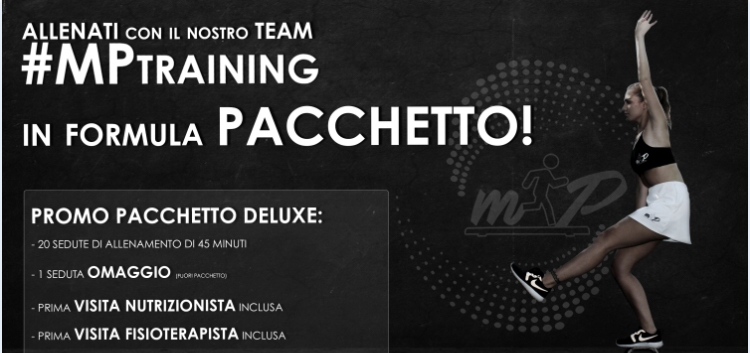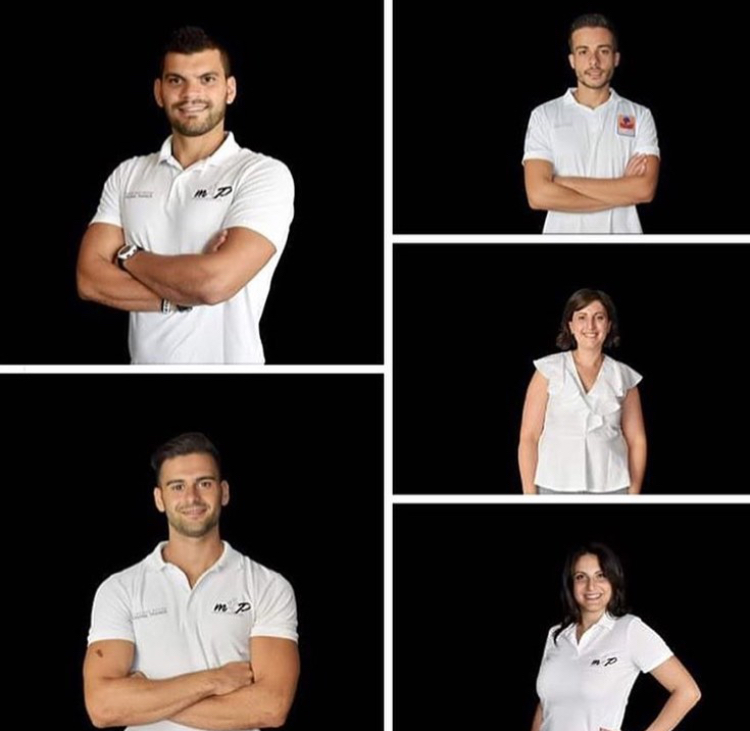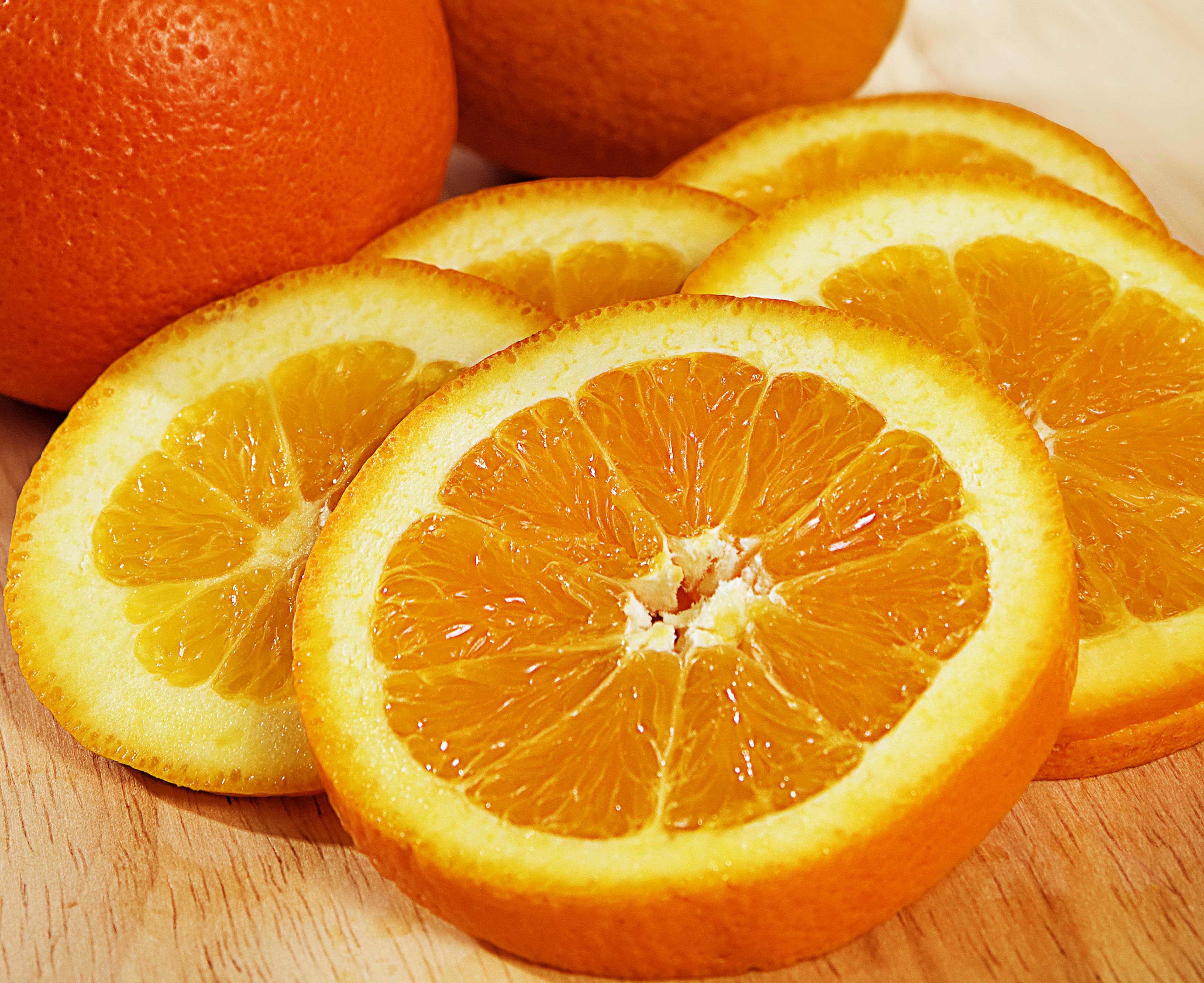Proprioceptors are sense organs located mainly in the muscles, tendons, ligaments and joint capsules: they are stimulated by movement and position of the same. These important organs inform the CNS on the degree of muscular tension, on the directions on the position of our body with respect to space and also on the position changes of the parts of our body with respect to the others, regulate reflexes and control of muscle tone and posture.
The neuromuscular spindles are arranged inside the muscle, parallel to the muscle fibers and through their terminations with articular heads inform the central nervous system about the degree of elongation and speed of stretching . Unlike the fibers that make up the muscle, these particular proprioceptors are formed by fibers that are wrapped in a connective capsule.
They are divided into two main groups:
1. F ibre with a nuclear chain: they respond to slow, constant and maintained stretches;
2. Nuclear bag fibers: respond to rapid stretches
The spindle has two types of afferences:
Primary terminations : they have a very low excitation threshold and signal changes in muscle length to a discharge frequency proportional to the speed of variation of the muscle itself. For example, when we put a weight on our arms, we immediately have a lengthy and then a maintenance response.
Secondary terminations: they only record powerful stretch-voltage changes, giving information on the speed and amplitude of the stretch. This type of innervation has a higher excitation threshold than the primary one and reacts to powerful muscle stretching and shortening actions.
Stretching reflex is the most important of reflexes. When the muscle undergoes a sudden stretching, the neuromuscular spindles carry out an immediate contractile response to prevent stretching, whose intensity varies according to the load.
Reverse reflex by stretching: it determines the relaxation of the muscle when it is put under constant tension for a long period of time. The organs responsible for this task are the Golgi tendinous corpuscles. These proprioceptors perform an inhibiting action on all the muscles involved in stretching. They have a much higher threshold for intervention than neuromuscular spindles and a totally different action. Therefore, muscle contraction exerts opposite effects on the neuro-muscular spindles and on the Golgi tendon organs. The stretching method must consider this fraction of time or 10 seconds, which requires the intervention of the Golgi tendon organs to use muscle relaxation after a few seconds.
Performing PNF methods increases the Range of Motion (amplitude of movement), the ability to develop strength at maximum amplitudes joint. Since the central nervous system, as a defense mechanism, tends to block the movements if there is no strength in that particular angle of work, with the increase of the contractile capacity due to the stretching that I will expose to you in the maximum excursions the elongation is favored , reducing the risk of accidents at the same time.
PRACTICAL APPLICATIONS :
Stretching techniques use different types of muscle inhibition:
Autogenic inhibition: exploits the physiological principle according to which a muscle, after the first phase of constant contraction, tends to relax. The athlete contracts the affected muscle against the resistance imposed by the athletic trainer for about five seconds, with a force equal to 50% of the maximum strength. Afterwards, as soon as the athlete stops voluntarily contracting the agonist muscle, the athletic trainer performs a slow progressive stretching of the same. This process, thanks to the high tension caused by muscle contraction, intensifies the intervention of the Golgi tendon organs in advance.
Mutual inhibition: this method uses the inhibition of the movement that is created on the antagonist muscle after a contraction of its agonist. The voluntary contraction of the agonist muscle to the movement affected by the increase in flexibility, which in this case must be equal to 70% -80% of the maximal force, allows to obtain a relaxation effect towards its antagonist. In this case, once the desired stretch position has been reached, the athlete contracts the antagonist muscle, the one interested in stretching, trying to overcome the resistance offered by his athletic trainer and the rigidity of the various tissues. Subsequently, after the athlete has ceased voluntarily contracting the muscle, the athletic trainer will exercise a progressive and slow push directed towards the lengthening of the interested body sector.
Cross inhibition: the strategy is based on the fact that, after the contraction of a muscle, an equal and opposite muscle inhibition follows. The athlete then contracts the eponymous contralateral muscle to that interested in stretching for about 10 seconds against a resistance imposed by the athletic trainer. After this the athletic trainer will perform a slow and progressive push directed to the lengthening of the body sector concerned. The contraction of the contralateral homonymous muscle allows to take advantage of the effect of muscular relaxation induced by the inhibitory regulated intervention of the neuromuscular spindles. This technique is generally used only when the subject has already acquired a control of the previous techniques and in association with them
PRACTICAL METHODS:
Hold and relax method: it uses the technique of autogenous inhibition and is used as a first approach to PNF when the subject has very little mobility.
Contrary method relaxes: it is based on the principle of mutual inhibition and is used when the subject has good mobility and active movement does not create any kind of pain ;
Crac method: represents the set of the two previous inhibitions (autogenous and reciprocal and the most effective technique for increasing mobility is judged. The athlete it then contracts the muscle affected by the stretch, then relaxes it the athletic trainer passively performs a slow progressive stretching (autogenous inhibition) after the athlete contracts the movement agonist muscle, then relaxes him when the athletic trainer tries again to increase flexibility.























































































































































































